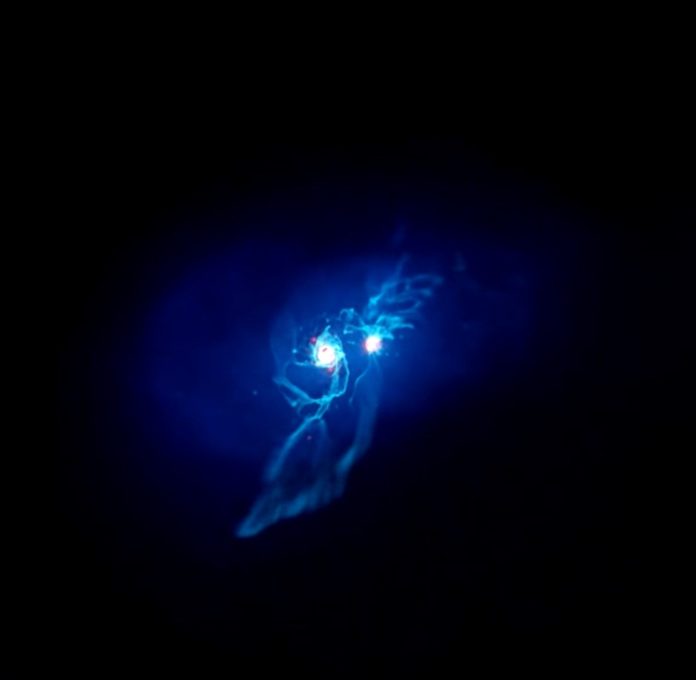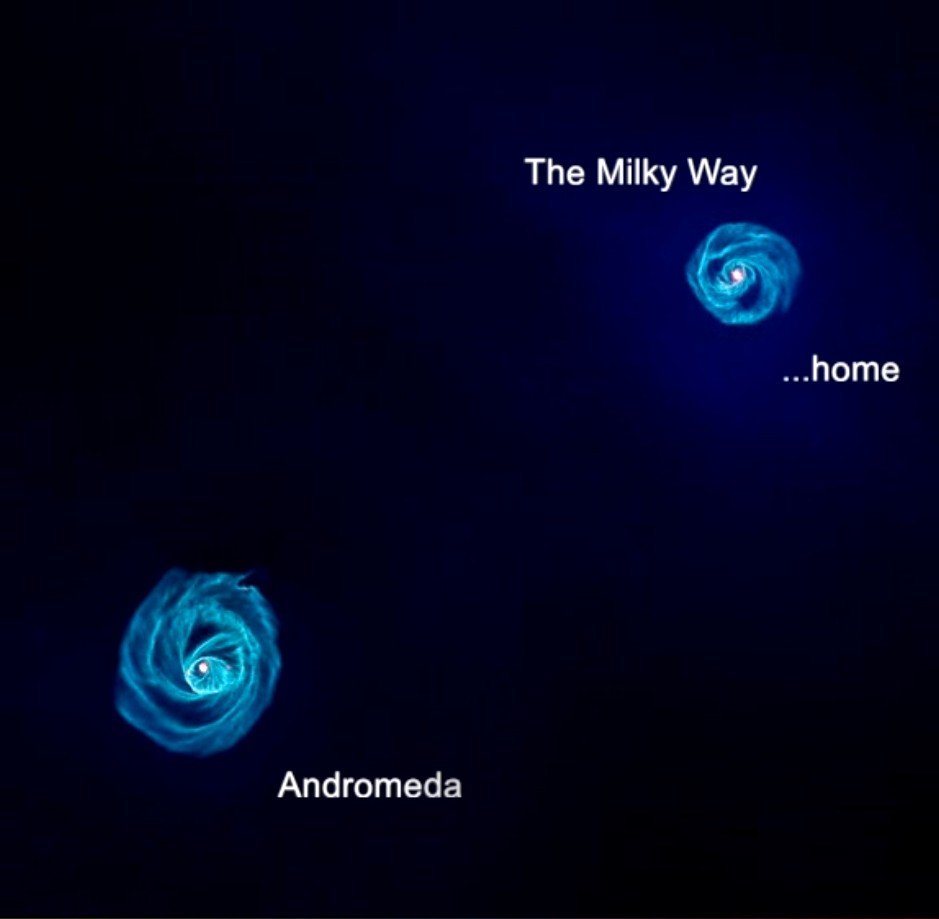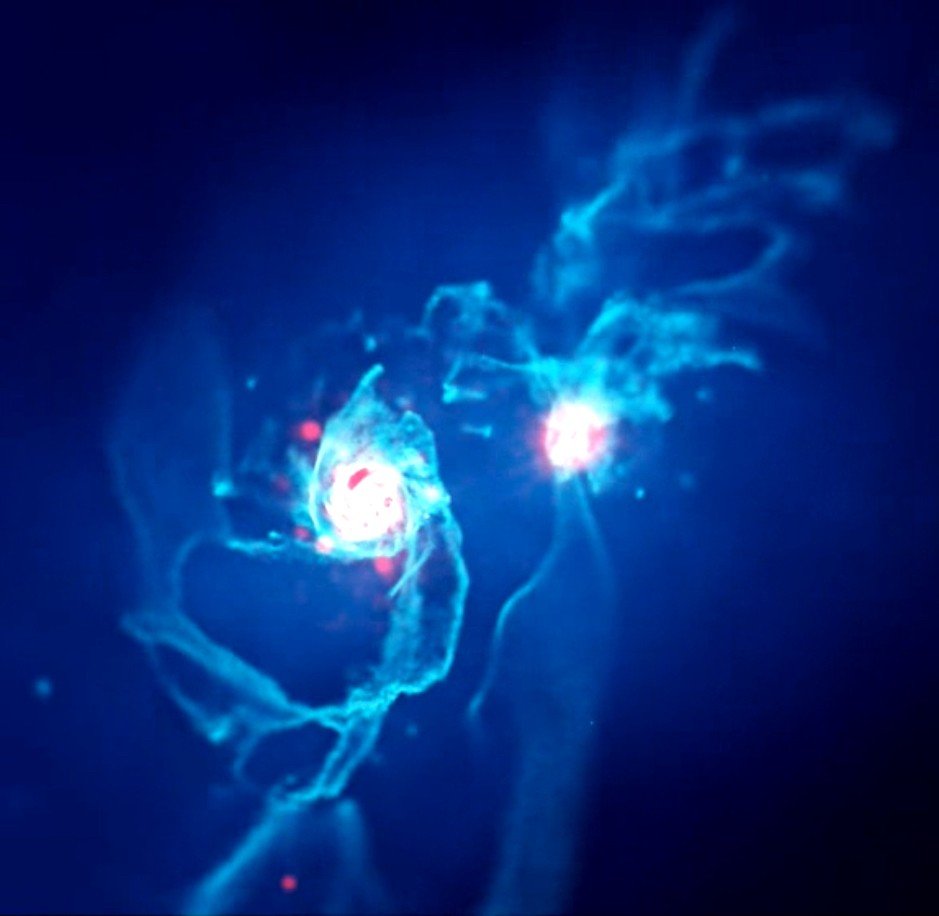Andromeda galaxy was considered as two to three times the size of the Milky Way. What’s more, that our own cosmic system would, at last, be inundated by our greater neighbor. Now, astronomers have Milky Way.
Scientists particularly utilized a new technique to measure the speed required to escape a galaxy. They found the weight of the Andromeda is 800 billion times heavier than the Sun, keeping pace with the Milky Way.
Astrophysicist Dr. Prajwal Kafle, from The University of Western Australia node of the International Centre for Radio Astronomy Research, said, “When a rocket is launched into space, it is thrown out with a speed of 11km/s to overcome the Earth’s gravitational force. Our home galaxy, the Milky Way, is over a trillion times heavier than our tiny planet Earth so to escape its gravitational pull we have to launch with a speed of 550km/s.”
“We used this technique to tie down the mass of Andromeda. By examining the orbits of high-speed stars, we discovered that this galaxy has far less dark matter than previously thought, and only a third of that uncovered in previous observations.”
The Milky Way and Andromeda are two mammoth winding systems in our neighbourhood Universe, and light takes a cosmologically minor two million years to get between them.
With Andromeda never again considered the Milky Way’s huge sibling, new reproductions are expected to discover what will happen when the two cosmic systems in the long run impact.
Scientists previously used this technique before in 2014 to revise down the weight of the Milky Way. The latest finding had big implications for our understanding of our nearest galactic neighbors.
Dr. Kafle said, “It completely transforms our understanding of the local group. We had thought there was one biggest galaxy and our own Milky Way was slightly smaller but that scenario has now completely changed. It’s really exciting that we’ve been able to come up with a new method and suddenly 50 years of collective understanding of the local group has been turned on its head.”
The study is published in the Monthly Notices of the Royal Astronomical Society on February 15th, 2018.


